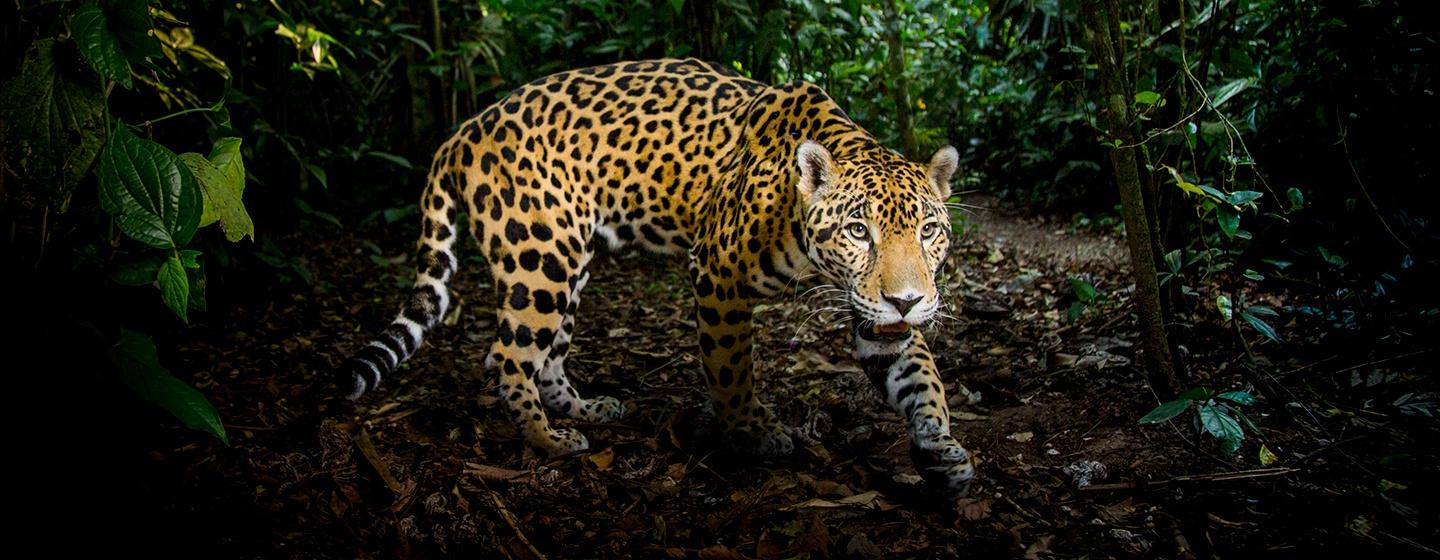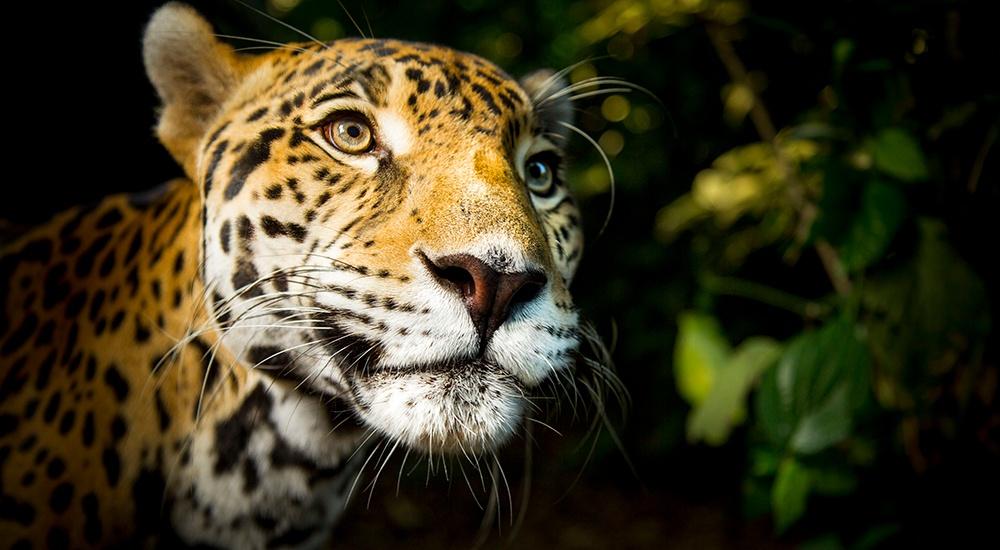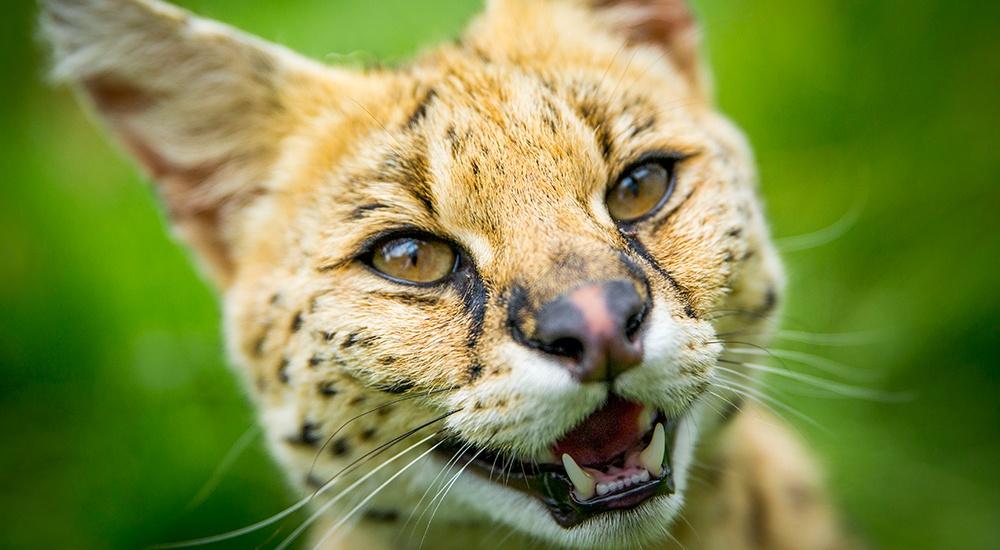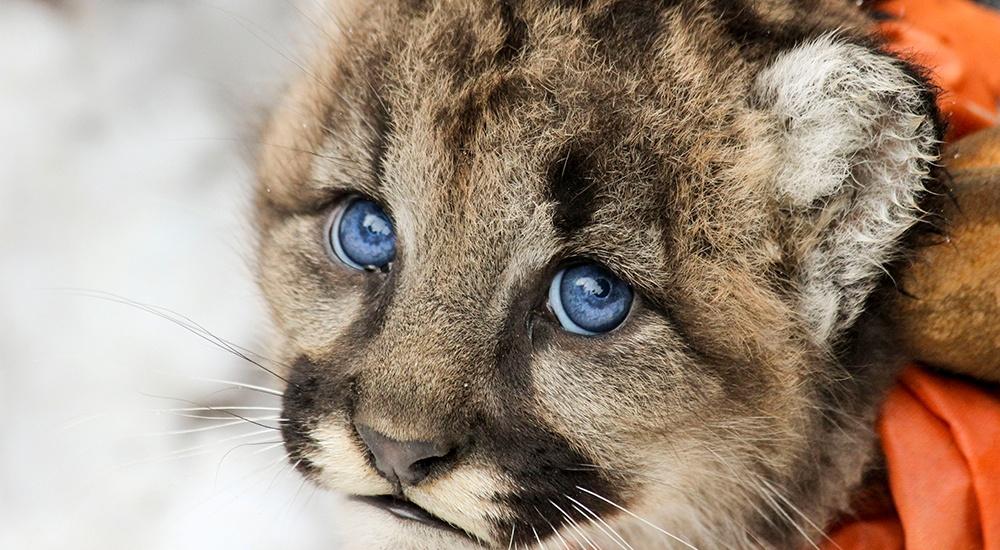Nature, Super Cats
Wednesdays, July 28-Aug. 11, at 8 PM
Stalking in the shadows, prowling almost every continent, cats are one of the world’s most diverse and successful predators. But there is far more to these charismatic and misunderstood animals than most people recognize. Filmed over 600 days in 14 countries and featuring 31 species of cat, this groundbreaking three-part miniseries narrated by F. Murray Abraham uncovers the secret lives of big cats and introduces behaviors captured on film for the first time, using the latest camera technology and scientific research.
From the solitary bachelor snow leopard in the Himalayas, to the elusive swamp tiger of South Asia, to a remarkably efficient Californian bobcat that is blind in one eye, Super Cats, A Nature Miniseries reveals how cats survive and thrive in all four corners of the globe. Nature uncovers their social sides, their complex communication, devoted parental care, courtship rituals, hunting patterns and more.
Advances in technology allowed for several on-camera firsts, including the nocturnal pursuits of a tiny but deadly black-footed cat in South Africa who hunts more in one night than a leopard does in six months. Remote cameras capture exclusive intimate moments between a mother Pallas’ cat and her kittens. Low-light technology exposes a true rarity: a puma preying on Magellanic penguins, one of the few successful hunts ever caught on film. A swamp tiger takes a bath in the sea—a phenomenon previously unseen on television.







